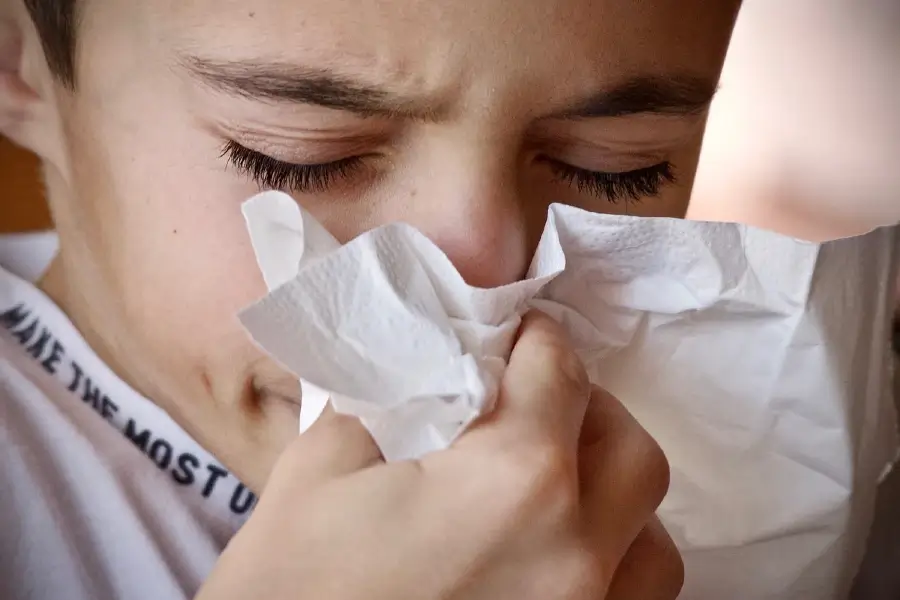Study Dust Mites and Asthma
Dust Mites and Asthma: An Important Link
Dust mites are well-known triggers of asthma, particularly allergic asthma. Here’s a closer look at the research and the relationship between the two:
Dust mites and allergens:
Dust mites are microscopic insects that dwell in household dust and feed on dead skin flakes generated by humans and pets.
Allergen Production: Dust mites are not hazardous, but their feces and body parts contain allergens.
Inhaled allergens, such as dust mites, cause an immune system reaction in patients with dust mite allergies. This response is the body’s attempt to defend itself from what it regards as a hazardous chemical.
The immune system sees allergens as a threat and initiates a series of sophisticated reactions to eradicate them.
In patients with dust mite allergies, the immunological reaction causes the release of inflammatory substances such as histamine, leukotrienes, and prostaglandins. These inflammatory chemicals cause the airways to expand, create excess mucus, and become hypersensitive, resulting in typical asthma symptoms such as wheezing, coughing, chest tightness, and difficulty breathing.
Relieve those suffering from this common allergy and its associated respiratory complications.
Other symptoms of dust mite allergies include sneezing, itching, and watery eyes, which are caused by the release of these inflammatory chemicals. The painful and potentially severe asthma symptoms in people with this type of allergy are caused by the body’s reactivity to harmless dust mite allergens.
Understanding the underlying immune system reaction is critical for treating dust mite allergies and asthma. Proper allergen identification, avoidance measures, and targeted treatments, such as antihistamines, corticosteroids, and immunotherapy, can help reduce the severity of the immune system reaction and relieve those suffering from this common allergy and its associated respiratory complications.
Research findings:
Numerous studies have shown a substantial association between dust mite exposure and asthma development, particularly in youngsters.
Sensitization: Early exposure to dust mite allergens increases the chance of sensitization, which occurs when the immune system becomes too reactive to certain allergens.
Worsening of Symptoms: Dust mite exposure can exacerbate asthma symptoms such as wheezing, coughing, shortness of breath, and chest tightness.
Still, constant effort can dramatically improve indoor air quality and minimize the burden of asthma for sensitive individuals.
Here are some resources to further explore:
The American College of Allergy, Asthma & Immunology: https://www.aaaai.org/
The National Institutes of Health: https://aafa.org/asthma/asthma-triggers-causes/
Management Strategies Are Also Available
Dust Mite Control: Implementing efficient dust mite control methods at home is important to asthma care. This includes lowering humidity, routinely washing bedding, utilizing allergen-proof encasements for mattresses and pillows, minimizing soft furniture, and vacuuming with a HEPA filter.
Allergy Testing and Medication: Seeing a doctor for allergy testing can help determine dust mite sensitivity. Depending on the diagnosis, they may prescribe allergy shots (immunotherapy) or corticosteroids to alleviate asthma symptoms and minimize allergic reactivity to dust mite allergens.
Remember that dust mite management is a continuous process. Still, constant effort can dramatically improve indoor air quality and minimize the burden of asthma for sensitive individuals.













